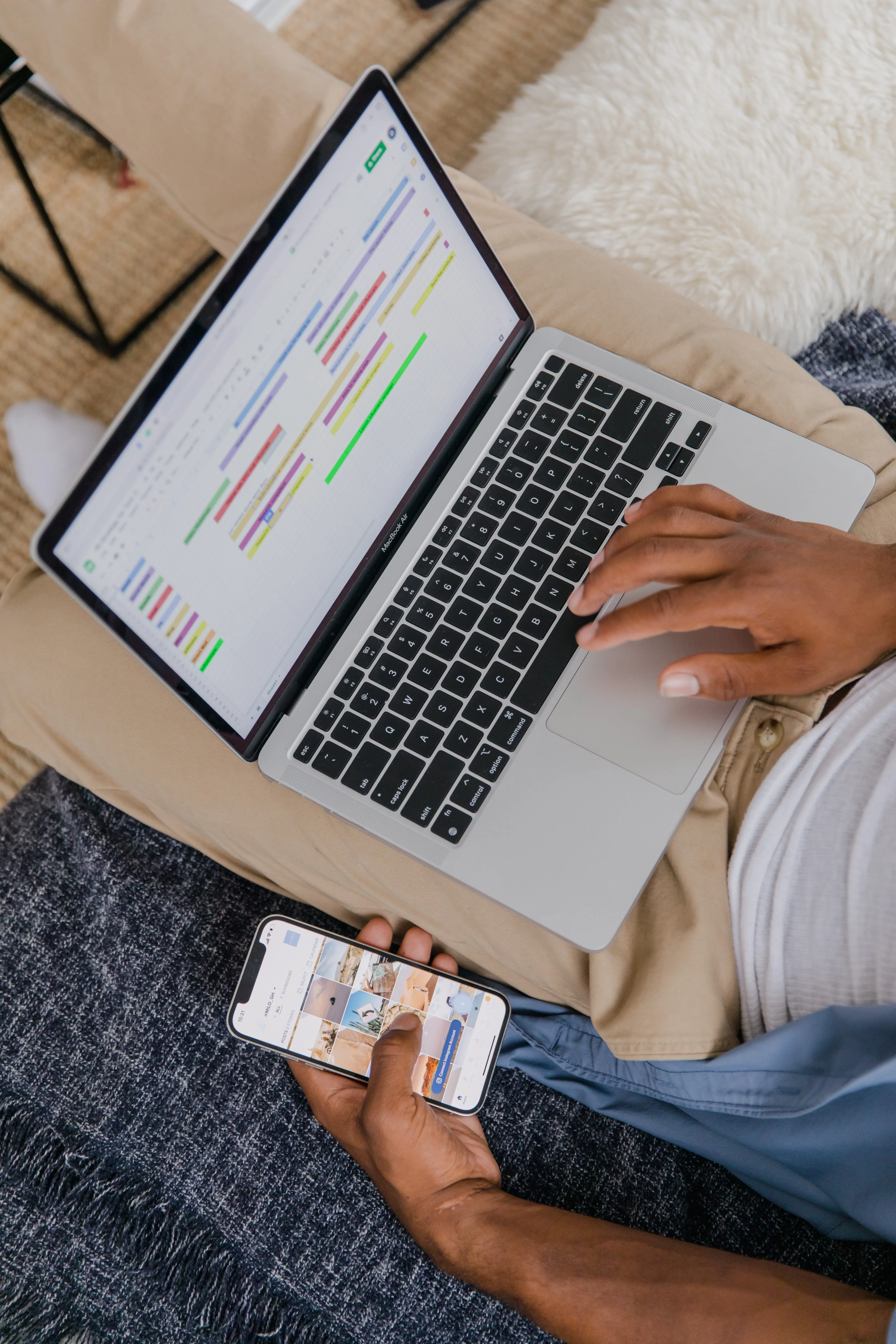The Role of Technology in Enhancing Accessibility
In a world that's becoming increasingly digital, technology has emerged as a powerful tool for enhancing accessibility. It's a topic that hits close to home for me, as my cousin, Sarah, has been visually impaired since birth. Sarah's journey, along with countless others, underscores the profound impact technology can have on making the world more inclusive.

A Personal Connection
Sarah's Story
Growing up with Sarah, I witnessed firsthand the challenges she faced in a world not always designed with her needs in mind. But I also saw her determination to overcome these hurdles, and technology played a pivotal role in that journey.
Personal Insight: One of the most memorable moments was when Sarah received her first screen reader software. The joy on her face as she navigated a computer independently was unforgettable.
Assistive Technologies
Bridging the Gap
Assistive technologies, such as screen readers, braille displays, and voice recognition software, have revolutionized the lives of individuals with disabilities. These tools open doors to education, employment, and communication.
Personal Insight: I recall Sarah using her screen reader to complete her college assignments. It was heartwarming to see her pursuing her dreams with newfound independence.
Inclusive Design
Beyond Accommodation
Beyond assistive technologies, there's a growing emphasis on inclusive design. Tech companies are recognizing the importance of creating products and services that are accessible to everyone from the outset.
Personal Insight: I recently read about a smartphone with a tactile interface that's specifically designed for blind users. It's a step in the right direction for tech inclusivity.
Communication Breakthroughs
Connecting the World
Communication has been transformed by technology, enabling individuals with disabilities to connect with others on a global scale. From video relay services to speech-to-text apps, these innovations break down barriers.
Personal Insight: Witnessing Sarah have real-time conversations through sign language interpretation on video calls brought tears of joy to our family.
Navigating the Physical World
GPS for All
For those with mobility challenges, GPS-based apps have been a game-changer. They provide detailed information about accessible routes and facilities, empowering individuals to navigate the physical world with confidence.
Personal Insight: Sarah's excitement when she used a navigation app to independently explore a new city was infectious.
Employment Opportunities
Leveling the Playing Field
Technology has opened doors to employment opportunities that were once out of reach for many with disabilities. Remote work, for instance, has become more accessible, allowing individuals to contribute their skills from anywhere.
Personal Insight: Sarah's remote job as a software tester not only changed her life but also highlighted the untapped potential of a diverse workforce.
Beyond Accessibility
A Vision of Inclusion
As we celebrate the role of technology in enhancing accessibility, it's important to remember that it's not just about accommodating disabilities; it's about creating a more inclusive world for everyone. When we design with accessibility in mind, we enrich the lives of all individuals.
Personal Insight: Sarah's journey reminds me that technology has the power to bring people together, foster independence, and break down barriers. It's a testament to human ingenuity and our capacity to create a more inclusive future.
In closing, the role of technology in enhancing accessibility is a journey of progress and possibility. It's about empowering individuals like Sarah to live life on their terms, pursue their passions, and contribute their unique talents to the world. As technology continues to evolve, so does our commitment to making the world a more inclusive place for all.

No comments:
Post a Comment